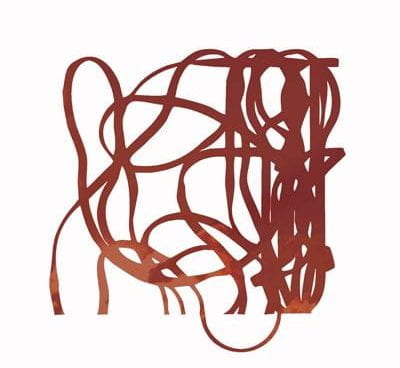On the occasion of the Spring Festival, I would like to share how we celebrate the Spring Festival in China.
First of all, how do we determine the date of the Spring Festival in China?
There are two ways to calculate time in China, the solar calendar and the lunar calendar. The solar calendar, or Gregorian calendar, which is the kind of calendar system used by most countries in the modern time. There are other calendars followed in different parts of the world. In China, the people observe the lunar calendar, called also the lunisolar calendar, Yin calendar or Xia calendar. Most of the Chinese holidays, such as the Qingming Festival, the Dragon Boat Festival, the Mid-autumn Festival, the Lantern Festival and the Spring Festival are calculated according to the lunar calendar.
Each time the moon aligns with the earth and the sun a new month begins. A regular lunar year has 12 months, however, in the same way the solar calendar adds a day every four years so to compensate any difference in the length of the earth’s travel around the sun, every two or three years the lunisolar calendar adds a 13th month – a leap month.
When is the Spring Festival?
The Spring Festival, commonly known as “Chinese New Year “, refers to a period of time. It is the most important traditional festival for the Chinese. It usually begins on the second new moon after the winter solstice, which falls between 20 January and 20 February of the solar calendar. On the evening of the 30th day of the last month in the lunar calendar, people stay up late and wait for the coming of the New Year. During the Spring Festival, people will go back to their hometowns to reunite with their parents and children, reflect on the past year’s experiences, celebrate the reunion of the family and look forward to the New Year.
What do we do during the Spring Festival?
During the Spring Festival, people would prepare wine, meat, and various kinds of dishes in advance. I am a girl from the north of China, where it’s a tradition to make steamed buns and date flowers during the Spring Festival. We also make dumplings shaped like silver ingots – a symbol of wealth.
The Spring Festival is also an occasion to make traditional decorations. We make couplets, Chinese knots, red lanterns and other red ornaments to decorate our house. People adorn their houses, and Chinese knots are hung in the streets. In the past, families on December 30 used to set off fireworks after twelve o ‘clock in the evening to welcome the New Year. Because smoke and noise released from fireworks pollute the environment, now most people in urban and rural areas forego on the real firecrackers, sometimes replacing it with electric ones.
The Spring Festival is also an occasion to make traditional decorations. We make couplets, Chinese knots, red lanterns and other red ornaments to decorate our house. People adorn their houses, and Chinese knots are hung in the streets. In the past, families on December 30 used to set off fireworks after twelve o ‘clock in the evening to welcome the New Year. Because smoke and noise released from fireworks pollute the environment, now most people in urban and rural areas forego on the real firecrackers, sometimes replacing it with electric ones.
Mengjuan Wang graduated from Beijing Dance Academy with a Master’s degree specializing in the basic theory of dance. Her research focused on the Long Sleeve Dance of the Han Dynasty depictions. She previously volunteered as a teacher in Xinjiang Province, China, and she is now one of the dance and performance artistic Teaching Assistants at Goldsmiths Confucius Institute. She hopes more and more people can understand and appreciate China’s cultural and artistic heritage.



